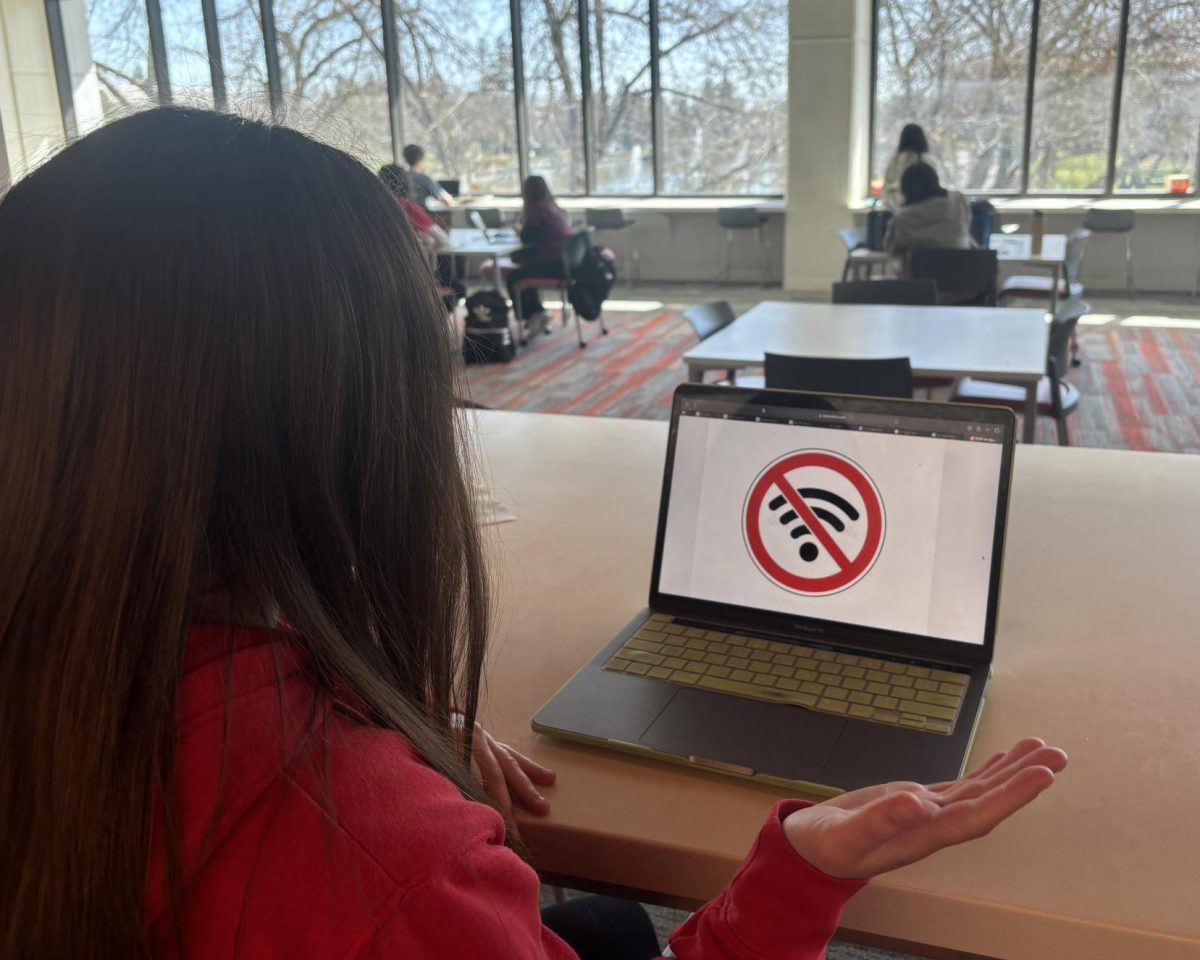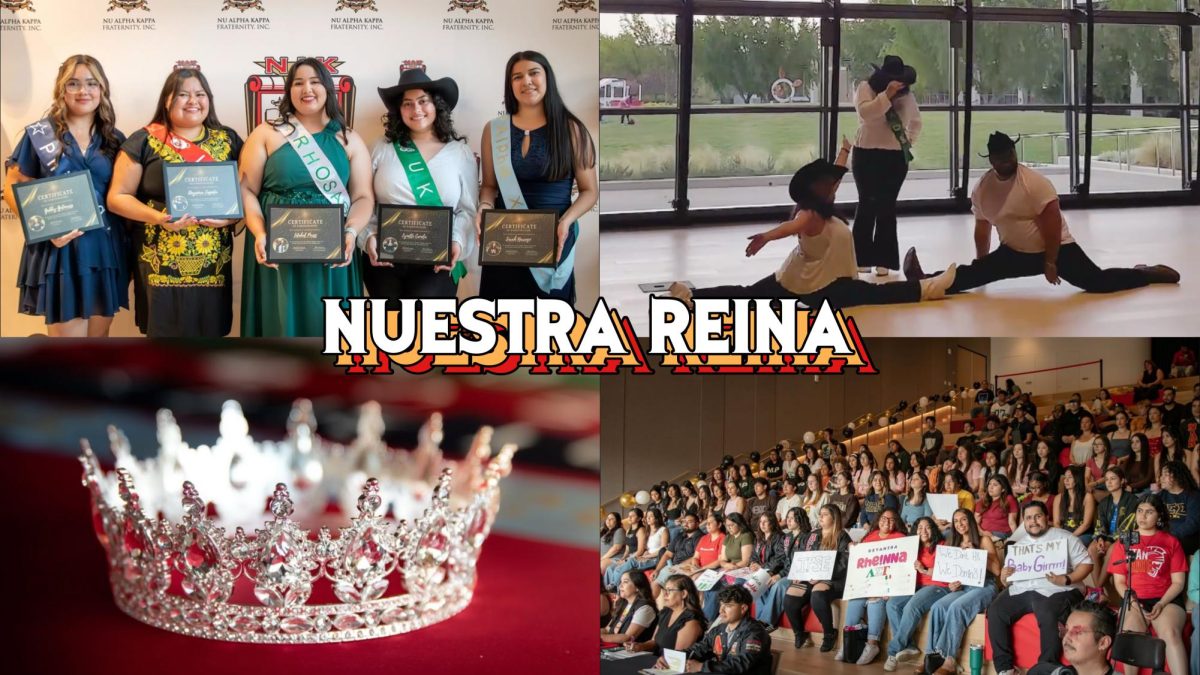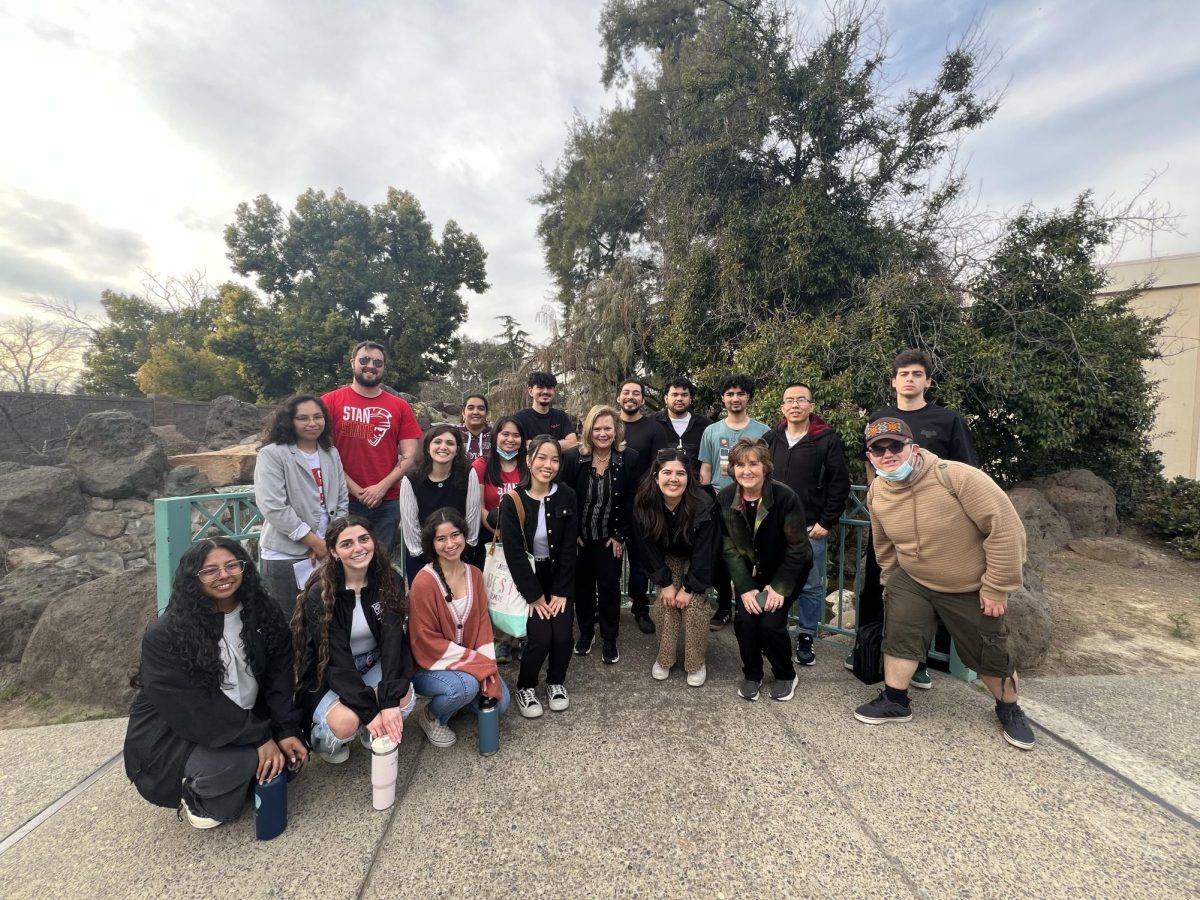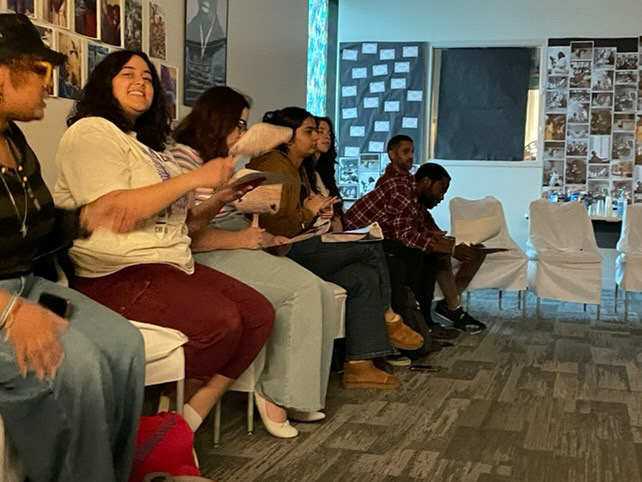California State University, Stanislaus (Stan State), offers the accessibility of a campus food pantry for students who experience food insecurity and are in need of a meal.
In February 2015, California State University (CSU) Chancellor, Timothy P. White, commissioned a study that brought awareness to the needs of displaced and food insecure students.
The initial study estimated that only 8.7% of the students attending California State University, Long Beach (CSULB), were displaced and going through food insecurity, leading Chancellor White to extend the study.
In 2016, the study showed that students who experienced food and/or housing instability reported high levels of stress. The research also showed that only 11 of the 23 CSU campuses had access to on-campus food pantries.
Dr. Ann Strahm, professor of Sociology, says that in the Fall of 2016 a survey of 858 students utilizing the Academic Resource Center (ARC) found that a lot of these students were experiencing food insecurity and at times remained hungry due to money being scarce for a meal.
“26.2% of the students said they had reduced meal portions or had skipped meals because they lacked enough money to purchase food. Almost 21% had been hungry but didn’t have enough money to purchase food,” said Dr. Strahm.
The percentage of students skipping their meals due to them not being able to afford one is important because students need adequate meals throughout their days to have the energy to concentrate and learn during classes.
During a welcoming event with President Ellen Junn, Dr. Strahm admits of forcing a 13-page document onto President Junn’s hands which was a proposal stating why Stan State needs a food pantry for its students in need.
“She generously thanked me and then started the ball rolling. Dr. Sniezek and The Hunger Network Club deserve all of the praise, as they have been the people most active over the last nine years, diligently attempting to get a food pantry on campus,” said Dr. Strahm.
Moreover, Nathan Romo (senior, Sociology) started his career at Stan State and has been involved with Hunger Network and Sociology Club. Romo says that the food pantry originated out of the Hunger Network Club, and ever since, other clubs and organization have helped distribute food to students.
“I know students who are living off of two cans of pork and beans a day. I know another who makes soup with packets of ketchup and hot water because that’s all she could afford.” Romo said
Romo is an Army veteran who frequents the University Veteran Center. He was able to move the food pantry from the filing cabinets of the Honors Building to an area in the Veteran Center. From there, the food pantry continued growing and Romo saw himself storing the majority of the items in his SUV and his home, then he would drive around campus offering food to the students in need.
According to Professor of Sociology, Dr. Tamara Sniezek the committee was created after the California Faculty Association (CFA) at Stan State donated $35,000 to the school to put toward the food pantry.
Dr. Sniezek is also the former faculty advisor for Hunger Network and says that the food pantry that Hunger Network started began because Psychological Counseling Services began to reference students to the club who were struggling with food security. After this, Dr. Sniezek said that there was a study commissioned by a former Associated Student Inc. (ASI) president to understand the depth of food insecurity at Stan State.
According to the Stan State website, “Stan State conducted its own campus study of hunger and homelessness in 2010, which indicated that 43 percent of students had skipped a meal and 81 percent were forced to decrease their purchase of food during the academic year for financial reasons.”
According to Dr. Sniezek, at the time there was a push back from administration and risk management due to the lack of insurance, liability and a formal space for the food pantry. She also stated that there was a concern from administration that students may abuse the food pantry by taking food when they are not struggling.
Dr. Sniezek said that her goals with being involved in the hunger and homeless committee is to not only continue the food pantry, but also allow for students to donate their left-over meal plan balance and begin implementing fresh food options for students. Also, Dr. Sniezek is working with the Sociology Department to allow students from their internship classes to volunteer in order to maintain the food pantry.
The current placement of the food pantry is located in the Warrior Activities Center (WAC) at the University Student Union (USU).
ASI Vice President Carlene Dyer said that ASI, the program of Masters in Social Work (MSW) and the Hunger Network have come together in working and maintaining Stan State’s food pantry.
“…we decided to bring all of our food together in the USU is the most centralized location on campus,” said Dyer.
Both Dyer and Sniezek expressed how important it is for students to have the Union’s privacy because for some it may be uncomfortable to let others know of their food insecurity. The food pantry also provides toiletries such as feminine products, soap, and shampoo. Donations to the food panty have been made by staff, faculty, students and other places like target.
USU and every organization involved with the food pantry wants to let students know that they will grant confidentiality to whomever is in need and goes to the USU building to access the food pantry. All students will need to present is their Warrior ID and no questions will be asked.
Categories:
Food insecurity at Stan State
Steph Landeros
•
February 12, 2017
This flyer indicates where the food pantry is located, times of operation and what students need to bring. (Photo Courtesy of Carlene Dyer)
0
Donate to Signal
Your donation will support the student journalists of California State University, Stanislaus. Your contribution will allow us to purchase equipment and cover our annual website hosting costs.
More to Discover











